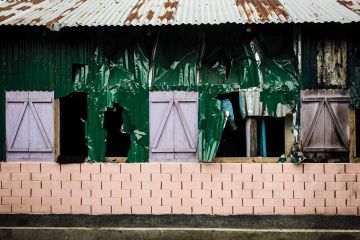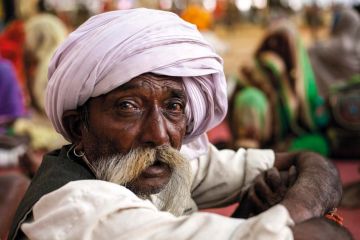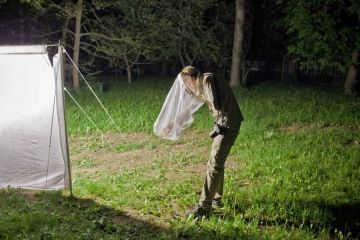Balagarh, 115 km north of Kolkata, by the Hooghly, is the heart of Bengal’s indigenous boat manufacture. The locus is Sripur market where the boat makers and workshops still uphold a centuries-old tradition. The craft is at least 500 years old, with the boat makers of Sripur getting a mention in the writings of Abul Fazal (1551-1602), one of the Nine Gems of Akbar’s royal court. That was a time when rivers carried the majority of goods traffic and Kolkata and Mumbai did not exist. The ma





